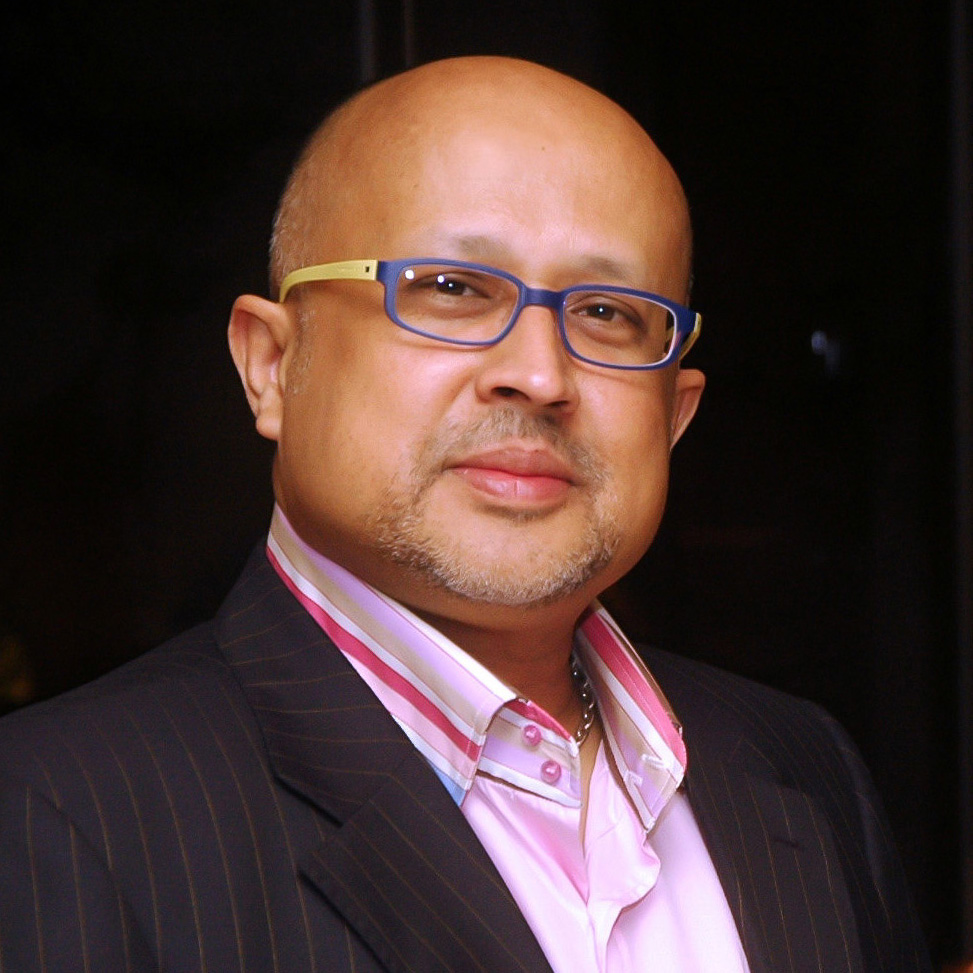Featured 1

Photo: Collected
There is always an element of pomp and pageantry to such announcements, but even as one accounts for that, the achievement of 100% electrification - that is, bringing electricity to every household in the country - timed to coincide with the celebrations for Independence Day, would rank right near the top as one of the most enviable accolades on the part of the present administration.
Officially, the prime minister herself heralded it with the inauguration of a 1320 megawatt thermal power plant, albeit one built with eco-friendly supercritical technology, in the southern district of Patuakhali. The fact that it was chosen for her first in-person presence at such an inauguration in almost two years since the COVID-19 pandemic began, should be enough to tell us how much store the government placed in the occasion. Almost 13 years after the government launched an ambitious rural electrification program, they have got there.
Along the way, the prime minister has also been known to say we shouldn't forget where we were when it all started - no doubt alluding to the fact that energy, in the form of electricity, can be very easy to overlook when it is plentiful. The very fact that it is so vital and integral to the lives we lead these days, means we can often fail to decouple its existence from our own. But in our part of the world, where if we look back, and not all that far back even, most of us can recall the days of incessant loadshedding amid the blare of diesel-powered generators even in the swankiest parts of the capital. What a debilitating state of affairs it was. Any government that has been able to affect a turnaround from that sort of situation would be foolish not to tout that.
Of course, this isn't to say that problems don't exist at all in the sector, or that everything is hunky-dory. Transmission lines in particular can still be improved. There can be smarter use of the grid. The fuel mix can be greener, and it is something we are working towards. And just as chronic lack of capacity had an almost demoralising effect on the citizenry, overcapacity, we are now learning, comes bearing its own set of penalties. Yet the very nature of the problems we are confronted with today in this sector, compared with the ones we faced a generation back in time, can be indicative of how far we've come.
And it is not just about coverage. From 2009, when just 47 percent of its 160 million population were under electricity coverage, Bangladesh made remarkable progress in the power sector in the last decade, bringing total annual power generation capacity to 25,514 megawatts- almost five times the 4,942 megawatts in 2009.
Having assumed office that year, Sheikh Hasina's government had launched one of the world's most ambitious rural electrification programs, aiming to provide electricity to 90 million, with the backing of the World Bank and other multilateral agencies. In the same period, the length of the country's transmission line network expanded from just 8000 km in 2009 to over 13,213 km in 2022.
The remarkable feat, which makes it the envy of many countries in South Asia, including India and Pakistan - was achieved in the midst of the nation observing the extended celebrations on the birth centenary of Bangabandhu Sheikh Mujibur Rahman, as well as the golden jubilee of the country's Independence, that both unfortunately fell during the pandemic. But happily, the country today looks prepared to move on from that setback as well, that of course was a global issue. And the strides made in the energy sector undoubtedly, will play a great role in that.

























Leave a Comment
Recent Posts
Right On Schedule
The most eagerly anticipated, and frankly hyped up, announcement of an ...
Fighting raged along the borde ...
Fighting raged along the border of Cambodia and Thailand, with explosi ...
ICIMOD drives regional cooperation to inspire new mo ..
The Cage of Captivity and the Cry for Freedom: A Cru ..
Why Japan issued an advisory for a possible megaquak ..
The Autocrats’ War on Universities